Introduction: The Importance and Development Background of Pressure Vessels
Pressure vessels are essential equipment in industrial production, widely used in fields such as chemical engineering, energy, and aerospace. These vessels are subjected to high temperatures and pressures, requiring their materials to have high safety, reliability, and durability. Over the past few decades, traditional metal materials (such as carbon steel and stainless steel) have been widely used in pressure vessel manufacturing. However, with advancements in technology, new composite material pressure vessels have gradually gained attention. Composite materials, with their unique advantages, such as lightweight and strong corrosion resistance, are becoming potential alternatives to metal pressure vessels.
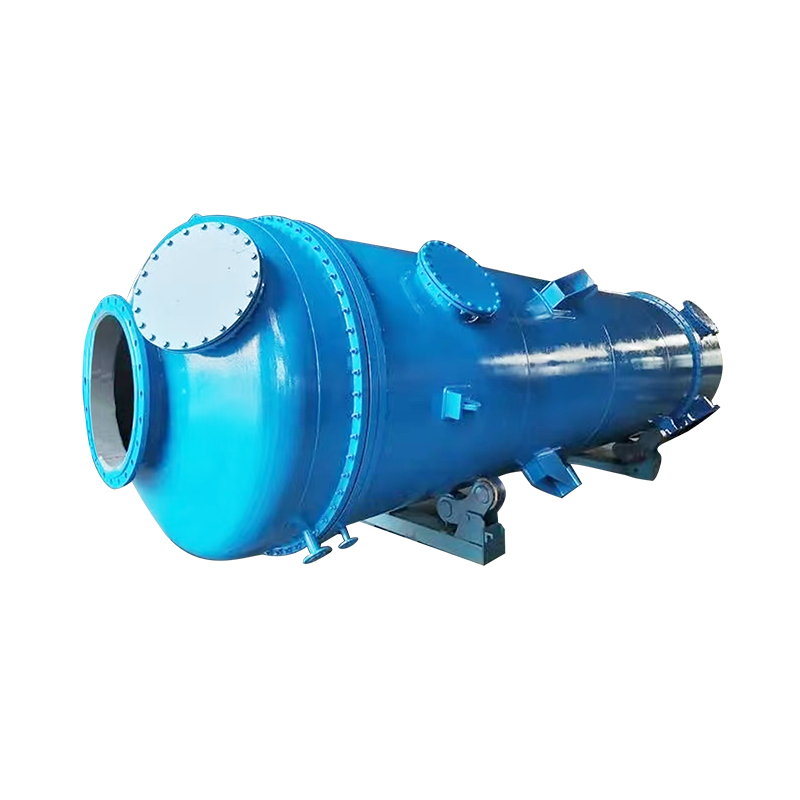
1. Advantages and Disadvantages of Traditional Pressure Vessels
1.1 Advantages:
Mature Technology and Standards
Traditional metal pressure vessels, especially those made of stainless steel or carbon steel, have undergone years of technological verification and have a wide range of applications. They also follow a set of mature design, inspection, and safety standards (such as ASME, API). These well-established standards make metal pressure vessels very reliable in terms of safety, and they are widely accepted across various industrial applications.
High Load-Bearing Capacity
Metal materials generally possess high strength and resistance to pressure. Whether in oil drilling, chemical reactions, or other high-pressure environments, metal pressure vessels can withstand extreme internal and external pressure conditions. This makes metal pressure vessels suitable for high-pressure applications that require rigorous standards.
Good Corrosion Resistance and Stability
For certain high-demand chemical reaction environments (e.g., high-temperature and high-pressure gas or liquid storage), metal materials, especially stainless steel, can offer stable performance with strong resistance to corrosion. This makes them especially suitable for specific industrial sectors.
1.2 Disadvantages:
Heavy Weight
One of the main drawbacks of metal pressure vessels is their weight. For applications where weight reduction or strict weight requirements are critical (such as in aerospace, drones, etc.), metal pressure vessels may not be the best choice. The high density of metal materials makes it difficult to achieve the desired weight reduction.
Limited Corrosion Resistance
Although stainless steel has good corrosion resistance, in extreme environments (such as high acidity or saline environments), metal vessels may still suffer from corrosion, leading to leakage or failure. This limits the use of metal vessels in chemically corrosive environments.
Complex Welding and Manufacturing
Manufacturing large metal pressure vessels typically requires complex welding techniques, which can affect the overall quality and reliability of the vessels. During the welding process, defects such as micro-cracks or stress concentration can occur, compromising the safety of the vessel.
2. The Rise of New Composite Material Pressure Vessels
2.1 Advantages:
Lighter Weight
Composite materials (such as carbon fiber and fiberglass) are much lighter than metal materials. This makes composite material pressure vessels particularly advantageous in applications that require weight reduction, such as in aerospace, transportation, and high-pressure gas storage.
Excellent Corrosion Resistance
Composite materials have far superior corrosion resistance compared to metals. In chemically corrosive environments, composite material vessels can last longer and avoid the issues metal vessels face. This makes them particularly suitable for chemical storage and transport applications.
Flexible Design
Composite materials can be tailored to optimize strength and elasticity by adjusting fiber direction and layering structure. This allows composite pressure vessels to be custom-designed for different needs, improving efficiency and safety. For instance, in some high-pressure applications, the design of composite vessels can optimize pressure distribution, reducing stress concentrations.
2.2 Disadvantages:
High Cost
Despite their advantages, the manufacturing cost of composite materials is usually much higher than that of traditional metals. High-performance composites (such as carbon fiber composites) are particularly expensive. As a result, the initial investment for composite material pressure vessels is relatively high, which may be a limiting factor in cost-sensitive industries.
Limited High-Temperature Resistance
While composite materials perform well at normal and low temperatures, some composites may not meet the required performance in extremely high-temperature environments. Metal materials typically offer more stable performance at high temperatures, which presents a challenge for composite materials in certain extreme high-temperature applications.
Long-Term Reliability Issues
Composite materials can develop micro-cracks or suffer from fatigue damage over extended periods of use, especially in high-pressure and repetitive operating environments. Compared to metal pressure vessels, composite materials may require more frequent inspections and maintenance to ensure long-term safety and reliability.
3. Comparison: A Comprehensive Consideration of Safety and Efficiency
3.1 Safety Comparison
Metal Pressure Vessels
Metal pressure vessels generally demonstrate high overall safety. They exhibit strong stability and resistance to impact under high-pressure conditions. When the pressure exceeds the limit, metal materials undergo plastic deformation, preventing sudden rupture of the vessel. However, once the limit is reached, metal vessels may suffer from brittle fracture, especially under low-temperature conditions or as materials age.
Composite Material Pressure Vessels
Composite material pressure vessels tend to rupture more suddenly. Unlike metal vessels, which deform under pressure, composite vessels may fail more abruptly if cracks or defects occur. However, composite vessels are often designed with multiple layers, which slows crack propagation and improves the vessel’s safety. Additionally, composite vessels can be optimized to reduce stress concentrations, enhancing their resistance to rupture.
3.2 Efficiency Comparison
Metal Vessels
Metal vessels have strong load-bearing capacity, making them suitable for large-volume and high-pressure applications. They can meet the demands of most industrial fields, and in extreme pressure or temperature environments, metal vessels provide superior stability and reliability. This makes them the first choice in many traditional industries.
Composite Material Vessels
While composite material vessels are slightly weaker in terms of load-bearing capacity compared to metal vessels, their lightweight design makes them highly efficient in modern industrial applications where weight, pressure, and volume limitations are critical. As a result, composite vessels excel in areas such as aerospace, automotive, and energy storage.
4. Industry Trends and Future Outlook
With continuous developments in composite material technology, many high-end industrial sectors are gradually adopting composite material pressure vessels to improve efficiency and reduce costs while enhancing overall performance. In the future, a combination of metal and composite materials may become the trend. For instance, metal vessels could be used in high-pressure regions, while composite materials might be used in lower-pressure sections, achieving the best balance of safety and efficiency.


 English
English русский
русский عربى
عربى

.jpg)
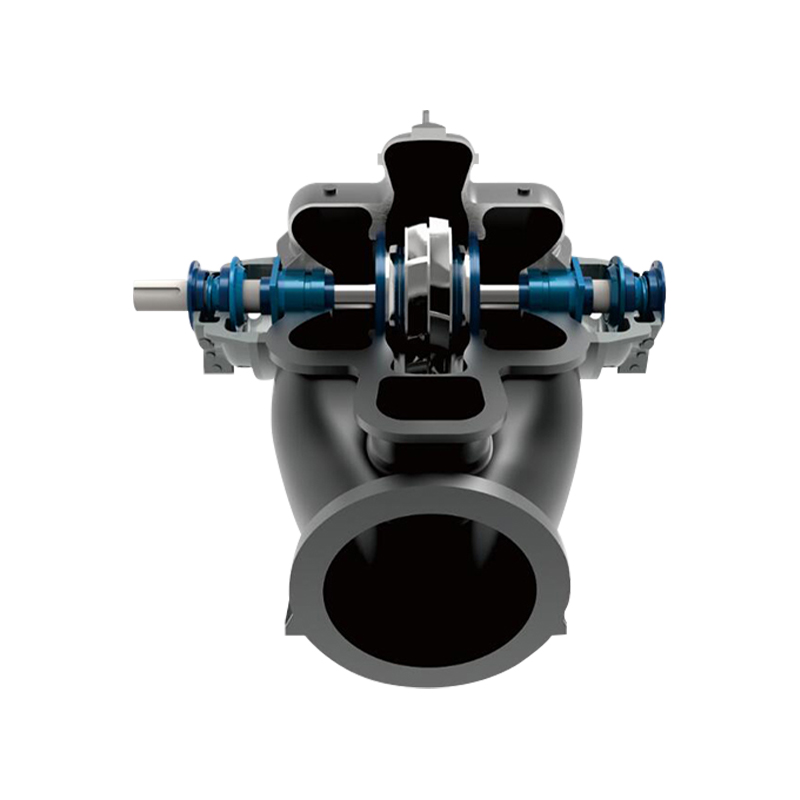
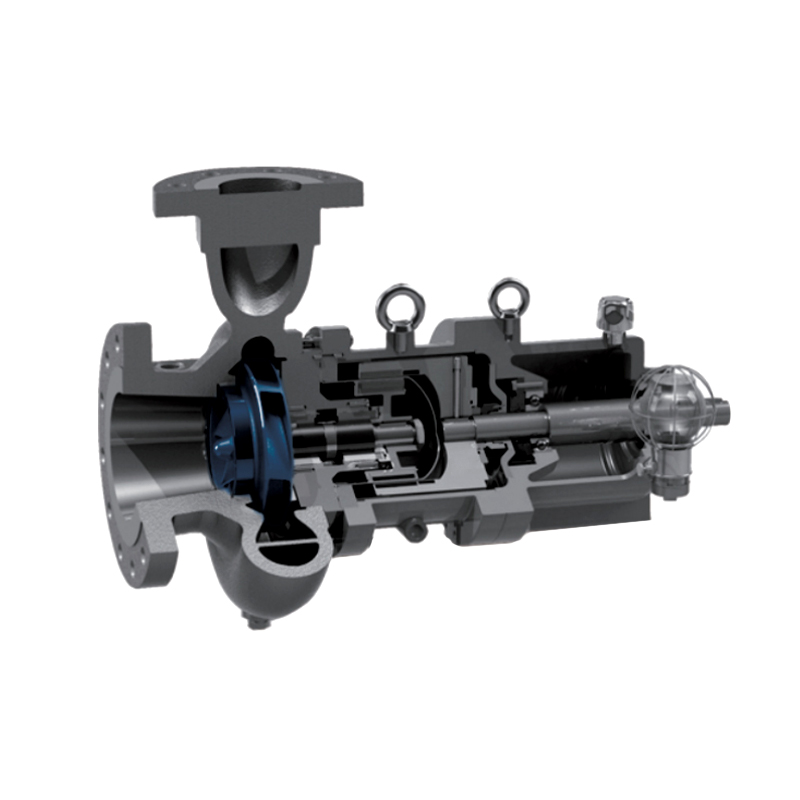
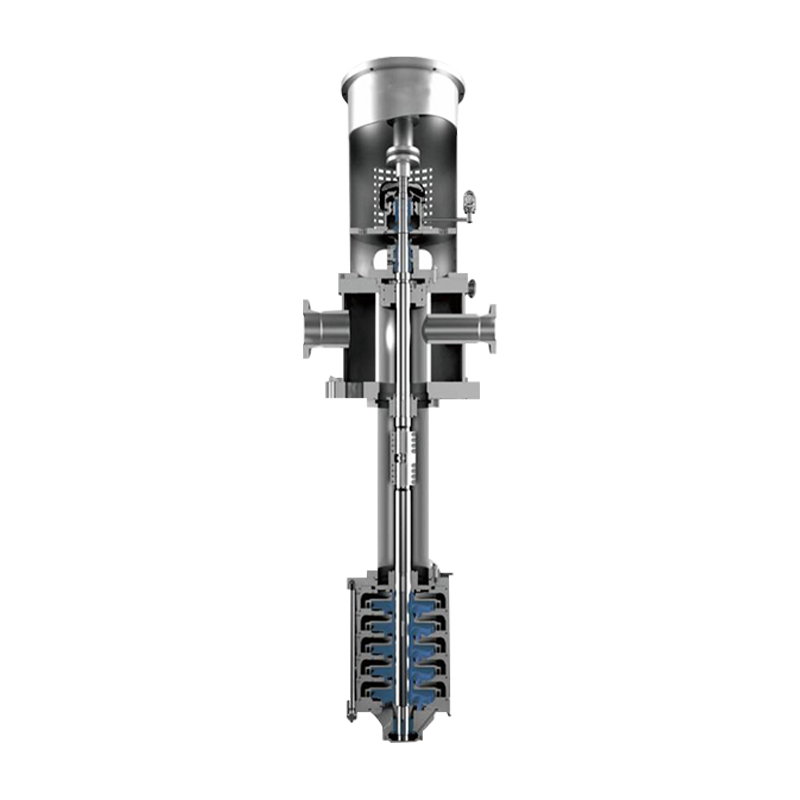
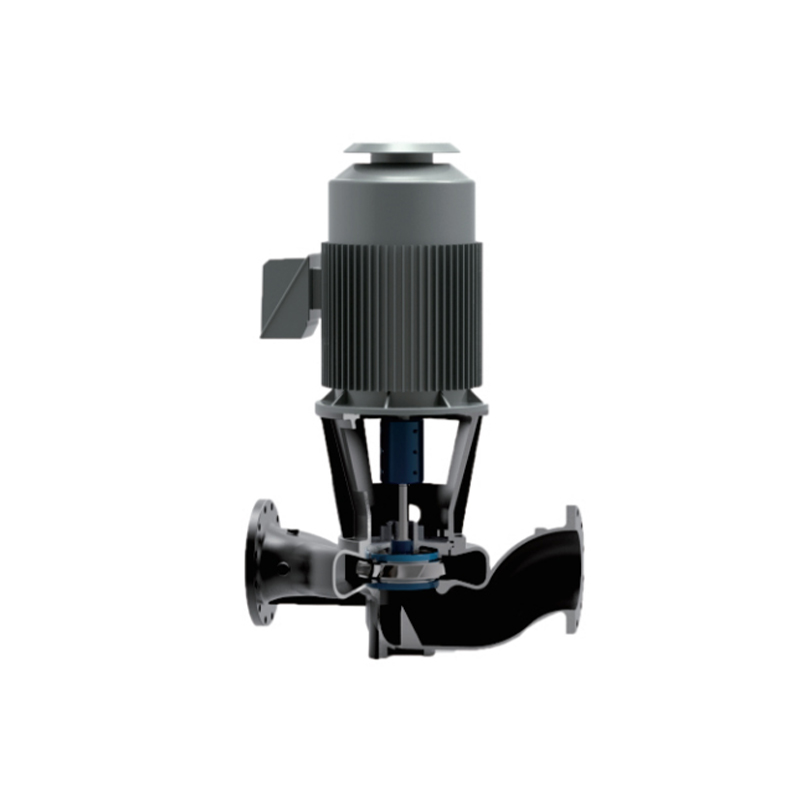

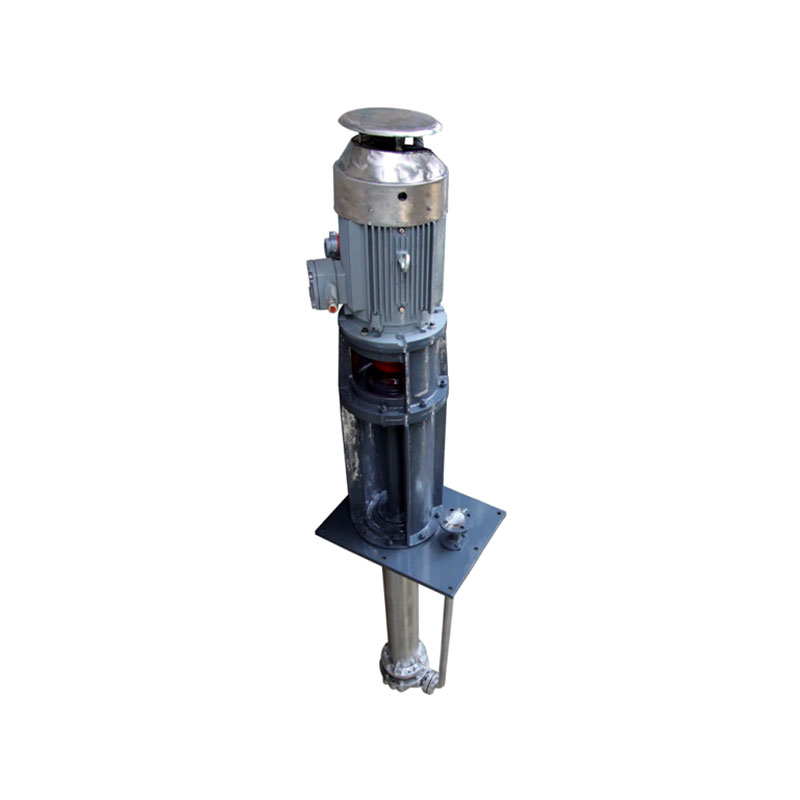
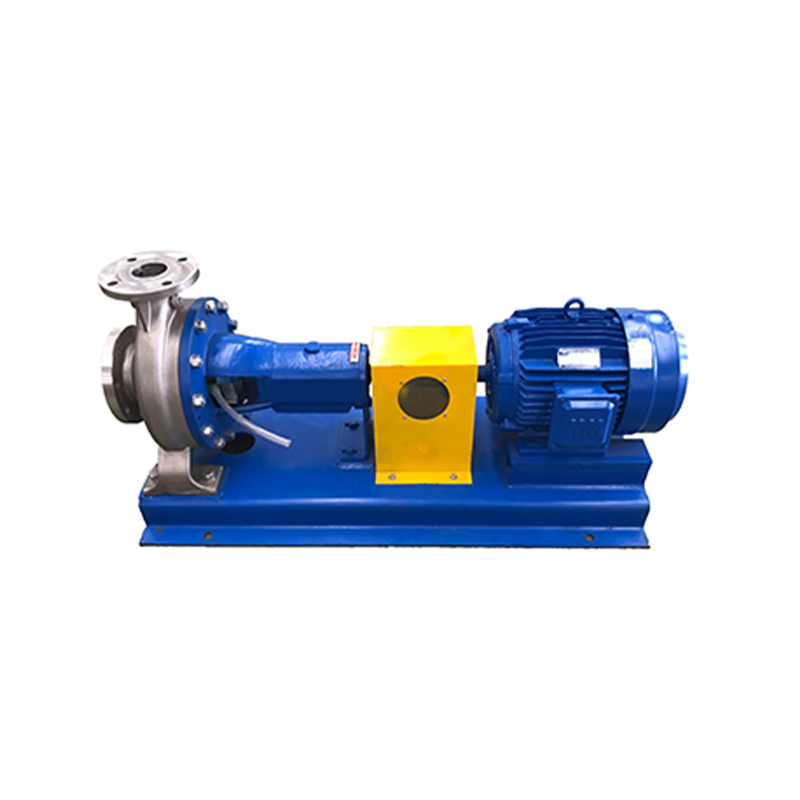

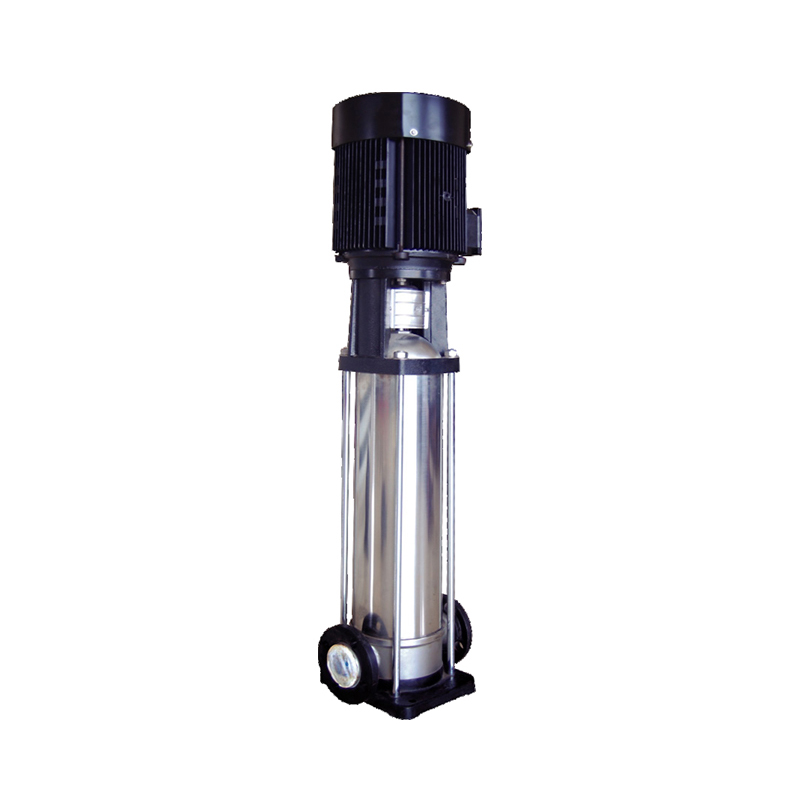






 ENG
ENG

 TOP
TOP